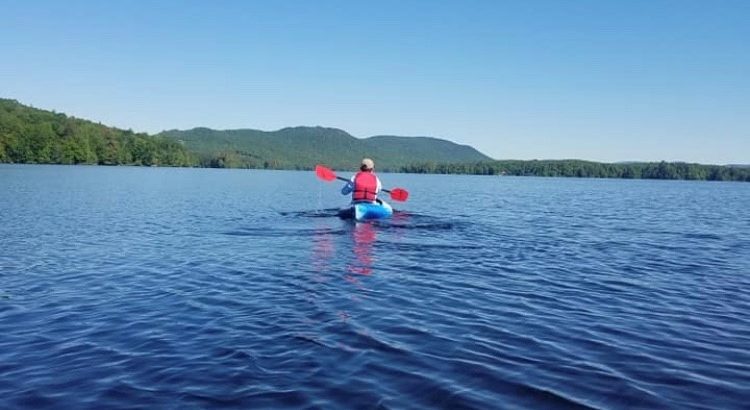By: Thomas Cummings, Interpretative Ranger for Umbagog Lake State Park
With the dog days of summer coming to a close there’s never been a better time to talk about paddling safety. While you’re out on the water there are many things that a majority of people aren’t prepared for. These tips will not only help keep you safe, but also let you get the most enjoyment out of your paddle.

1. Plan your Paddle
Before heading to the water, it’s important to come up with a plan for your adventure. First by mapping out the route you, and your group are thinking of traveling. This gives everyone an opportunity to see the areas where the group can turn back or find shelter by paddling to shore in the event of an emergency. Another consideration before you begin paddling for the day is the weather. Wind plays a big role in this category, as strong winds may make a planned route more difficult than expected. Finally be sure to tell someone your route and the time you’re expected to be back! By doing this, in the event of an emergency, at least one person has a general idea of where you may be found and can contact emergency services.
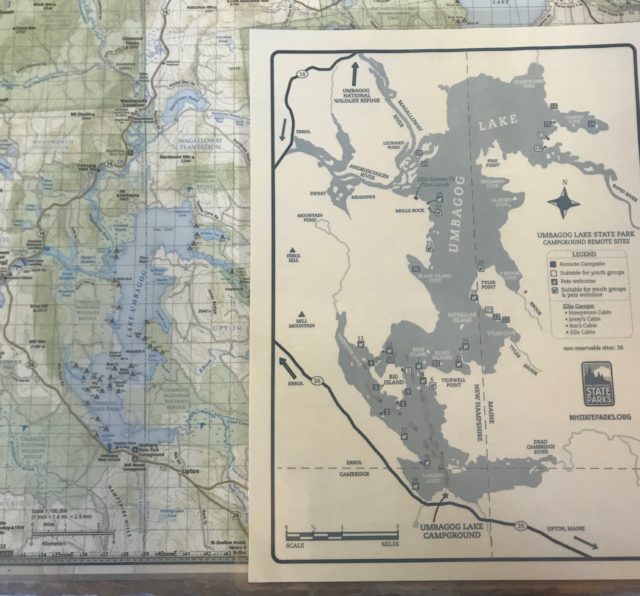
2. Wear a proper fitting Life Jacket
Life jackets, or Personal Flotation Devices (PFD’s), play a critical role in water safety. These work to help keep you floating in the water long enough for rescue. However, it is crucial that the PFD you are wearing fits properly. To test the fit of a life jacket, hold both of your arms up to the sky and have a friend pull up on the top of the arm openings. The life jacket is a proper fit if it stays in place. If the jacket slides up to your chin or face, it is not a proper fit. Before your paddle test your life jacket. Test the jacket by laying in shallow water with supervision, making sure it doesn’t ride up.
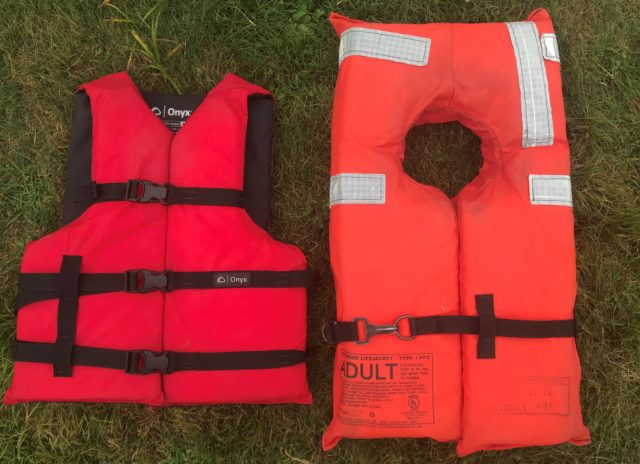
3. Bring a Whistle
Communication out on the open water in the event of an emergency is very important. Calling out using your voice is very tiring and the sound doesn’t travel very far. A whistle on the other hand, requires less energy to blow and the sound will also carry further. However, just having a whistle on the boat defeats the purpose of having it. Be sure that you are wearing the whistle around your neck or on your life jacket. It is good to practice grabbing your whistle while you find yourself in different scenarios. This works on building muscle memory of grabbing the whistle when you enter the water. That way, if there is an emergency, you have that tool right at your finger tips with out hesitation.
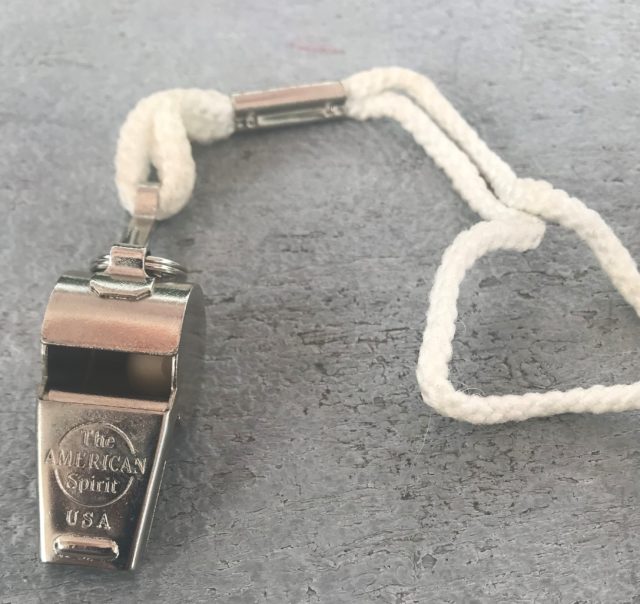
4. Use Sun Protection
On the open water there is nowhere to hide from the sun’s rays. Protecting yourself from these rays will result in a more enjoyable paddle and little need for recuperation afterwards. Wearing a breathable pair of long sleeves and long pants will help prevent sunburns on your arms and legs. A sun hat , or baseball cap, will protect your head and face. Finally a good pair of UV sunglasses will help protect your eyes from getting burned from the reflection off of the water. Sunscreen is a great tool to cover the areas that your cloths don’t cover. Just keep in mind, to make sure your sun protective clothing won’t weigh you down if you go for an un-expected swim.

5. Bring Food & Water
Just like hiking, paddling requires plenty of energy, as well as hydration. A few snacks and two Liters of water (64 oz.) are great to bring along for your paddle. This will let you stay hydrated, as again you’ll be in direct sunlight, while working your core and upper body. The snacks can not only boost your moral, but give you the bit of energy you may need to complete your paddle. Remember, if you carried it in you need to carry it out.
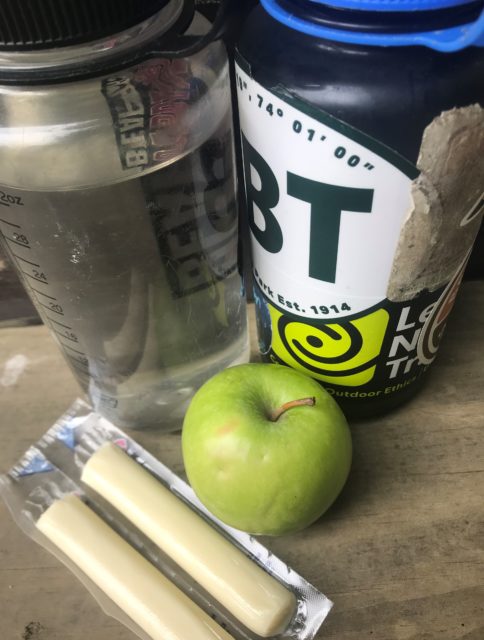
These are just some general tips that can result in a safer trip out on the water. By practicing and sharing these tips water can be fun and safe place for everyone.
If you don’t own a canoe or kayak and want to get on the water you can rent them at different state parks. Be sure to talk with staff and get recommendations on different paddling routes too.

